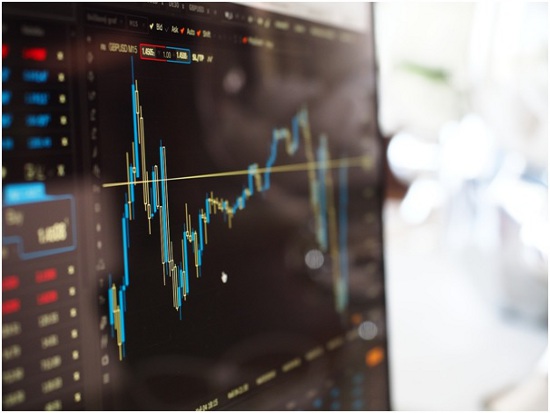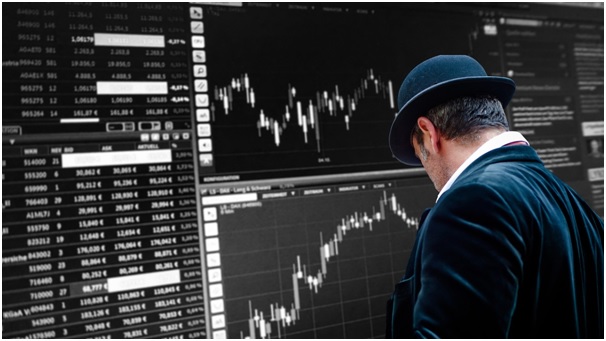The first stock index was created in May 1896 by Charles Dow. It included the shares of the 12 largest US companies. The indicator is now called Dow Jones Industrial Average (or DJIA). Nowadays, numerous other indices are on the market. This gives dealers ample opportunity to trade. However, experts recommend trading indices using reputable online brokers’ (e.g., FBS) services. That’s due to dealers’ risk of being tricked when applying doubtful investing platforms.
What Should Traders Know About Trading Indices?


A stock index is an indicator counted based on particular asset features (e.g., depositary receipts, shares, or bonds) included in it. Indices allow traders to track the dynamics of a certain exchange, sector, and securities group, as well as draw conclusions about the movement direction of the industry.
Nay, indices may help to analyze the market generally. This is true if such an indicator covers all the exchange equities or if the securities capitalization involved in the composition is nearly equal to the entire market capitalization. So, it’s necessary to pay attention to the change in this parameter but not focus on its value when analyzing indices.
Stock Indexes Types
These indicators are conditionally divided into the following three types:
- National indices – show the current situation with assets within individual countries. In some cases, such indexes may include only large-cap corporations. Here, DJIA may be noted. This index was mentioned at the beginning of this article.
- Regional ones – assist in tracking assets from certain parts of the world (e.g., Asia, Europe, or America). Using such indices, financiers can compare certain countries’ success with the whole region’s capitalization.
- Global indexes – help to track assets worldwide. It’s worth considering that the global scale implies values like the whole stock market. And this means that frontier or emerging markets are unlikely to be represented here. That’s because they’re too small to affect the general trend seriously.
It’s essential to remember that stock indices show the overall picture within its asset group. Thus, the index trend may not coincide with the trends of the specific companies’ shares.
How to Trade Indices?
For such operations, dealers commonly use CFD (or Contract for Difference). It allows trading not directly with financial assets but with their price. This operation is speculation on the movement of value in any direction. So, the dealers receive all the benefits inherent in trading shares without actually owning them.
Several Key Indices Worldwide


The following indexes are the most essential in North and South America:
- S&P 500 (USA) – includes the 500 largest NYSE and NASDAQ enterprises, covering by capitalization 75% of the entire US stock market;
- DJIA (USA) – involves shares of all industries except transport as well as utilities;
- NASDAQ (Canada) – includes all companies traded on the eponymous platform.
Some of the most important indices in Europe: - FTSE (the UK) – is based on the stock prices of the 100 largest capitalization companies listed on the LSE;
- Euro Stoxx 600 (EU) – involves large, mid, and small-cap enterprises within 18 EU countries;
- CAC 40 (France) – is calculated as the arithmetic average of the capitalization-weighted value of the share prices of the 40 largest companies that are traded on the Euronext Paris stock exchange.
Finally, the main indexes within Asia and the Pacific part of the world should be noted. They are Nikkey and TOPIX (Japan), Hang Seng (Hong Kong), and S&P/ASX 200 (Australia).























